Injury Rehabilitation
Updated:
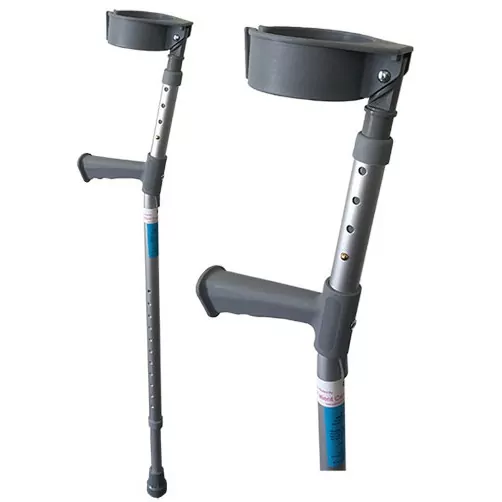 How to use CrutchesIf used correctly, crutches can accelerate the healing of certain injuries by reducing potentially detrimental weight bearing forces during walking or standing. This allows healing to take place in the absence of further tissue damage, thereby accelerating recovery. Crutches may also improve mobility and walking technique. In addition, patients who use crutches correctly may be less likely to…
How to use CrutchesIf used correctly, crutches can accelerate the healing of certain injuries by reducing potentially detrimental weight bearing forces during walking or standing. This allows healing to take place in the absence of further tissue damage, thereby accelerating recovery. Crutches may also improve mobility and walking technique. In addition, patients who use crutches correctly may be less likely to… Ice or Heat ?It is often difficult for patients to determine whether ice or heat treatment is appropriate for an injury. Whilst heat often provides immediate comfort and relief, it may actually be causing more harm than good. Likewise, incorrect use of ice may also prolong injury recovery…
Ice or Heat ?It is often difficult for patients to determine whether ice or heat treatment is appropriate for an injury. Whilst heat often provides immediate comfort and relief, it may actually be causing more harm than good. Likewise, incorrect use of ice may also prolong injury recovery…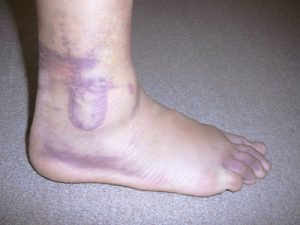 Inflammatory PainInflammatory pain is a generic term given to pain that occurs in association with an inflammatory response and typically last 48 – 72 hours following injury or injury aggravation.
Part of the inflammatory response is the accumulation of swelling and chemicals that cause pain in the injured tissue…
Inflammatory PainInflammatory pain is a generic term given to pain that occurs in association with an inflammatory response and typically last 48 – 72 hours following injury or injury aggravation.
Part of the inflammatory response is the accumulation of swelling and chemicals that cause pain in the injured tissue…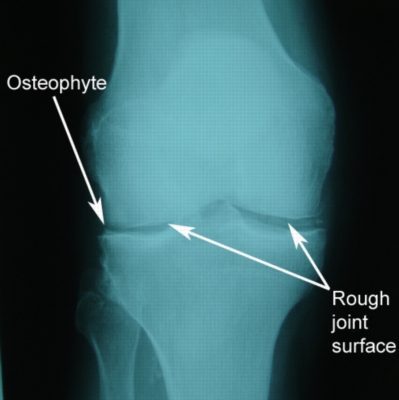 InvestigationsThere are many investigations that doctors and physiotherapists utilize to help determine a patient’s diagnosis. They are usually used to help confirm or eliminate a suspected diagnosis following clinical examination. The most common investigations utilized in sports medicine and musculoskeletal physiotherapy include: X-ray MRI CT Scan Bone Scan Ultrasound When are investigations indicated? Investigations are…
InvestigationsThere are many investigations that doctors and physiotherapists utilize to help determine a patient’s diagnosis. They are usually used to help confirm or eliminate a suspected diagnosis following clinical examination. The most common investigations utilized in sports medicine and musculoskeletal physiotherapy include: X-ray MRI CT Scan Bone Scan Ultrasound When are investigations indicated? Investigations are… Mechanical PainMechanical pain is a general term given to pain that can be relieved or provoked with certain activities or positions that place specific forces on damaged tissue.
Patients with mechanical pain typically experience symptoms during provocative activities (that are often reproducible) and little or no symptoms when these forces are removed….
Mechanical PainMechanical pain is a general term given to pain that can be relieved or provoked with certain activities or positions that place specific forces on damaged tissue.
Patients with mechanical pain typically experience symptoms during provocative activities (that are often reproducible) and little or no symptoms when these forces are removed….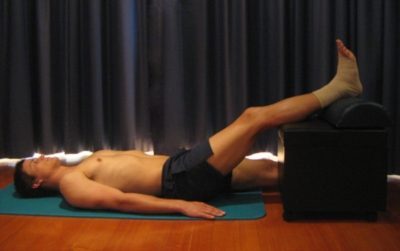 R.I.C.E.For all musculoskeletal injuries, such as sprains and strains, immediate, appropriate treatment (R.I.C.E.) during the first 72 hours following injury is vital for an optimal outcome. R.I.C.E. stands for Rest, Ice, Compression, Elevation…
R.I.C.E.For all musculoskeletal injuries, such as sprains and strains, immediate, appropriate treatment (R.I.C.E.) during the first 72 hours following injury is vital for an optimal outcome. R.I.C.E. stands for Rest, Ice, Compression, Elevation…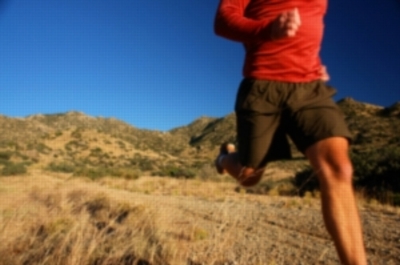 Return to RunningThe ‘Return to Running Program’ described, is designed to slowly return patients to running following injury. The gradual, progressive approach of this program gives the body an opportunity to continue healing without causing further damage.
Return to RunningThe ‘Return to Running Program’ described, is designed to slowly return patients to running following injury. The gradual, progressive approach of this program gives the body an opportunity to continue healing without causing further damage.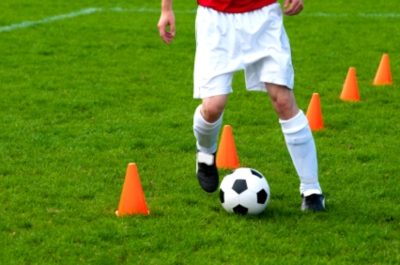 Return to SportFor most injuries, a graduated return to sport can occur in the final stages of rehabilitation, provided there is no increase in symptoms. This transition should be carefully monitored by the treating physiotherapist to minimise the risk of injury recurrence and maximise the chance of a successful return to sport. The stages involved in returning…
Return to SportFor most injuries, a graduated return to sport can occur in the final stages of rehabilitation, provided there is no increase in symptoms. This transition should be carefully monitored by the treating physiotherapist to minimise the risk of injury recurrence and maximise the chance of a successful return to sport. The stages involved in returning…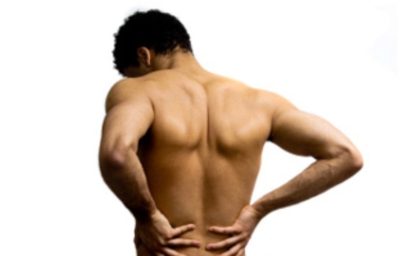 Understanding PainFor optimal recovery following injury, it is important to address any factors which may impact the recovery process. Whilst most injuries are caused by physical forces, such as trauma or overuse, other social, biological, cultural, environmental and psychological factors such as the way we think about our injuries can play a significant role in accelerating…
Understanding PainFor optimal recovery following injury, it is important to address any factors which may impact the recovery process. Whilst most injuries are caused by physical forces, such as trauma or overuse, other social, biological, cultural, environmental and psychological factors such as the way we think about our injuries can play a significant role in accelerating… Why is My Injury not Improving?Although most injuries heal well with appropriate rehabilitation and Physiotherapy treatment, some injuries persist well beyond expected tissue healing times. In these situations, an injury that should heal relatively quickly can turn into a chronic injury lasting many months or in some cases years. ‘Chronic’ pain is commonly defined as pain which is experienced…
Why is My Injury not Improving?Although most injuries heal well with appropriate rehabilitation and Physiotherapy treatment, some injuries persist well beyond expected tissue healing times. In these situations, an injury that should heal relatively quickly can turn into a chronic injury lasting many months or in some cases years. ‘Chronic’ pain is commonly defined as pain which is experienced…
Link to this Page
If you would like to link to this article on your website, simply copy the code below and add it to your page:
<a href="https://physioadvisor.com.au/health/injury-rehabilitation”>Injury Rehabilitation – PhysioAdvisor.com</a><br/>PhysioAdvisor provides physiotherapy health information on injury rehabilitation including how to use crutches, ice or heat treatment, investigations, the RICE regime, return to running and return to sport.
Return to the top of Injury Rehabilitation.
